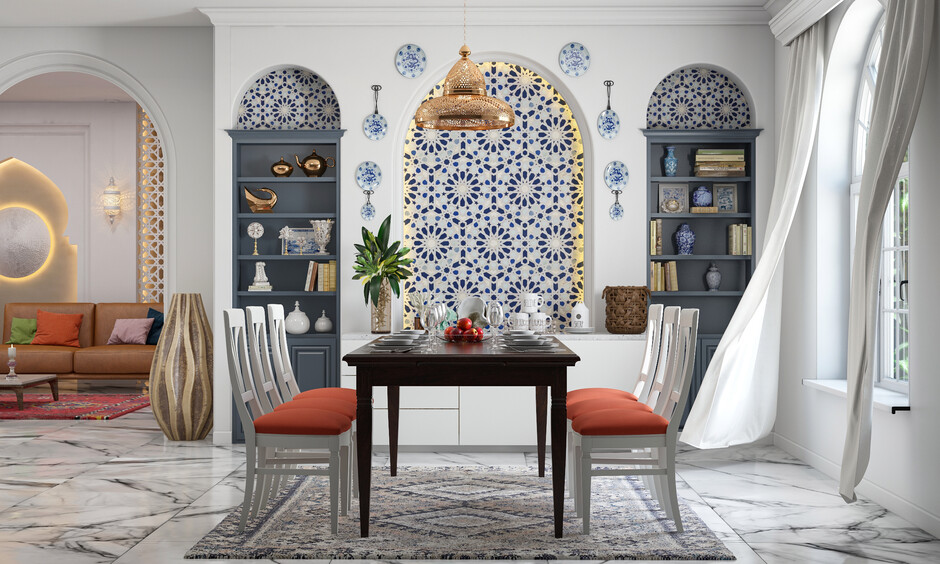Chimneys, often the heart of a home, not only provide warmth but also serve as architectural focal points. However, with time and exposure to the elements, chimneys can deteriorate, risking both safety and aesthetics. This is where chimney repair and tuckpointing step in. These crucial processes not only restore the structural integrity of the chimney but also enhance its visual appeal. In this comprehensive guide, we will delve into the intricacies of chimney repair and tuckpointing, understanding their significance, the repair processes involved, and how they contribute to a safe and charming living space.
Table of Contents
Understanding Chimney Repair
- The Importance of Chimney Maintenance:Regular maintenance of a chimney is vital to ensure its safe operation. Over time, chimneys can face issues like cracks, leaks, damaged bricks, or a deteriorated flue liner. Neglecting these issues can lead to more significant problems and compromise safety.
- Common Chimney Problems:
- Cracks and Spalling: Exposure to weather can cause cracks and spalling (flaking or chipping) of chimney bricks, weakening the structure.
- Leaking Chimney: Cracks in the chimney can allow water to seep in, leading to water damage and mold growth.
- Damaged Flue Liner: A damaged or deteriorated flue liner can be hazardous, allowing heat or gases to escape into the home’s structure.
- Creosote Buildup: Creosote buildup in the chimney poses a significant fire hazard.
- The Repair Process:Chimney repair involves a thorough assessment of the chimney’s condition, followed by appropriate repairs. This can range from patching up minor cracks to rebuilding sections of the chimney.
Tuckpointing: Restoring the Aesthetic and Structural Integrity
- What is Tuckpointing?:Tuckpointing, also known as repointing, is a meticulous process of repairing the mortar joints between bricks or stones in a chimney. It involves removing deteriorated mortar and replacing it with fresh mortar to restore the chimney’s appearance and strength.
- Signs Tuckpointing is Needed:
- Crumbling Mortar: If the mortar between the bricks is crumbling or deteriorated, tuckpointing is necessary.
- Mortar Color Fading: Fading or discoloration of mortar can affect the overall aesthetic of the chimney.
- Water Penetration: If water penetrates through the mortar joints, causing leaks or dampness, tuckpointing can prevent further damage.
- Tuckpointing Process:
- Removing Old Mortar: The old, deteriorated mortar is carefully removed using specialized tools, leaving behind a clean joint.
- Preparing the Joints: The joints are then prepared for new mortar application, ensuring a solid bond.
- Applying New Mortar: Fresh mortar is skillfully applied to the joints, matching the color and texture of the existing mortar to maintain the chimney’s original aesthetic.
Benefits of Chimney Repair and Tuckpointing
- Enhanced Safety:Both chimney repair and tuckpointing contribute to a safer living environment by ensuring the chimney’s structural integrity and preventing potential hazards.
- Preservation of the Structure:By addressing issues early and maintaining the chimney’s structure, these processes extend its lifespan, saving homeowners from costly reconstructions.
- Improved Aesthetics:Tuckpointing, in particular, rejuvenates the chimney’s appearance, restoring its original beauty and charm.
- Energy Efficiency:A well-maintained chimney ensures proper venting, improving the efficiency of heating systems and reducing energy consumption.
Conclusion
Chimneys are not just functional components of a home; they are architectural features that deserve attention and care. Chimney repair and tuckpointing are investments that go beyond aesthetics, ensuring the safety and longevity of your chimney. Regular maintenance, prompt repairs, and periodic tuckpointing not only preserve the structural integrity but also enhance the visual appeal of this vital home element. Consider these processes not just as maintenance tasks but as contributions to the safety, beauty, and longevity of your living space.





